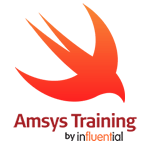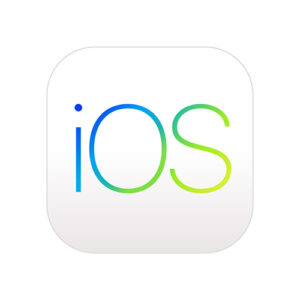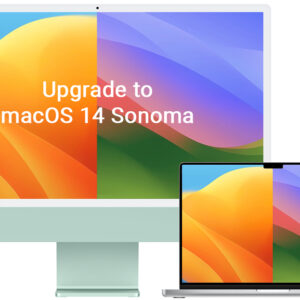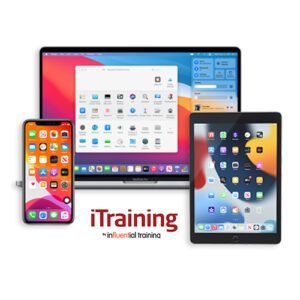Description
[section]
Choose Your Time and Location
Online Training
Take this course in a trainer-led online format at 9am-5pm in six time zones: UTC, UTC +1, UTC +3, UTC +4, UTC +12, and UTC -4.
[/section]
 The App Development with Swift 4.2 course is a combination of our introductory and intermediate Swift app development courses. Starting from a basic level, you will learn the skills needed to build fully functional Swift apps for iOS.
The App Development with Swift 4.2 course is a combination of our introductory and intermediate Swift app development courses. Starting from a basic level, you will learn the skills needed to build fully functional Swift apps for iOS.
Introduction to Swift 4.2 From Playgrounds to protocols—discover, explore, and demonstrate how to use the fundamental building blocks of the Swift programming language. This 2-day, hands-on course teaches you the basic concepts of Swift programming, including syntax, logic, structures, functions, and patterns. It also includes detailed explanations of language syntax and coding exercises.
Introduction to the iOS 12 SDK Learn how to build and run your first apps on iOS using the Swift programming language. This 3- day, hands-on course teaches you the common tools, interface elements, and design patterns you need to build apps for iPhone and iPad. It includes detailed explanations of iOS technologies, hands-on use of Apple’s development tools, and coding exercises in Swift that use common iOS frameworks.
Course Outline
Introduction to Swift and Playgrounds Learn about the origin of Swift and some of its basic syntax.
Constants, Variables, and Data Types Learn how to define constants for values that don’t change and variables for values that do. Learn the data types that are included in Swift and how they can help you write better code.
Operators Learn about some of the operators in the Swift language, including basic math operators.
Control Flow Learn how to use logical operators in Swift to check conditions; learn how to use control flow statements.
Strings Learn how to create and store text using the string type. You’ll learn a variety of string methods that allow you to compare two strings, access specific characters within a string, and insert and remove values.
Functions Learn how to declare functions with different parameters and return types.
Structures Learn how to create structures in Swift.
Classes Learn what makes classes different from structures and when to use classes instead of structures. Also learn about inheritance, superclasses, and subclasses.
Optionals Learn to use “optionals” to properly handle situations when data may or may not exist.
Collections Learn about the various collection types available in Swift and how to choose the appropriate one for your program.
Loops Learn how to create loops in Swift, control the conditions for looping, and specify when to stop.
Type Casting Learn why some data can be expressed using only a broader type, and how you can test for specific kinds of data before using it.
Guard Learn to use guard statements to better manage control flow.
Scope Learn to write nicely structured code that’s easy to read. You’ll do this by properly scoping your constants and variables.
Enumerations Learn when enumerations are commonly used, how to define an enumeration, and how to work with enumerations using switch statements.
Protocols Learn what protocols are, when to use them, and how to write your own. Learn how to enable objects to communicate with each other and how to extend protocols to provide shared functionality across multiple types.
Closures Learn about closures, how to define them, how to use them as function arguments, and how to use some of the common functions that take closures as arguments.
Extensions Learn how to define an extension, as well as how and why to use extensions.
Interface Builder Basics Learn how to navigate through Interface Builder, add elements onto the canvas, and interact with those elements in the code.
Displaying Data Use Interface Builder to create the beginnings of an app, adding labels and images.
Controls in Action Use Interface Builder to add buttons, switches, and sliders to a scene. Create actions and outlets, write some basic code, and learn how these tools work together.
Auto Layout and Stack Views Learn the fundamentals of Auto Layout for building precisely designed user interfaces.
Segues and Navigation Controllers Learn how to use segues to transition from one view controller to another, and how to define relationships between view controllers. Learn how navigation controllers can help you manage scenes that display related or hierarchical content.
Tab Bar Controllers Learn how to use tab bar controllers to organize different kinds of information or different modes of operation.
View Controller Life Cycle Learn more about the view controller life cycle so you can understand the potential of this important class.
Building Simple Workflows Tie together the concepts you’ve learned so far to design simple workflows and familiar navigation hierarchies.
App Anatomy and Life Cycle Explore the different life cycle states and the delegate hooks for executing logic as the app moves through each state.
Model View Controller Learn how to organise files, structures, and classes into a design pattern called Model-View-Controller.
Table Views Learn the basics of creating table views in an iOS app.
Intermediate Table Views Learn how to customise your table views by creating custom cells, dynamically inserting and removing cells, using static table views to present forms or other non-changing lists, and allowing the user to swipe to delete cells.
Saving Data Learn how to implement data persistence using NSCoding, a protocol for saving files to your app’s Documents directory.
System View Controllers Discover how to incorporate a variety of system view controllers for displaying alerts, sharing content, sending messages, and accessing the camera and photo library on an iOS device.
Building Complex Input Screens Learn how to use a combination of static and dynamic table views. Explore how to use controls and views to build custom workflows that put an elegant face on any kind of business information.
Working with the Web: HTTP and URLSession Discover how web data is sent and received, how URLs work, and how to fetch data for use in your app.
Working with the Web: Decoding JSON Learn how to read and write basic JSON. Explore how to convert JSON to and from Swift types and into your own custom model objects.
Working with the Web: Concurrency Become familiar with the concurrency system in iOS and learn how to make sure code that updates the user interface is executed in the right place.
Who Should Take App Development with Swift 4.2?
This Swift app development course is intended for:
- Software developers
- Software architects
- Technology consultants
Recommended Knowledge
Though there are no specific prerequisites, the App Development with Swift 4.2 course assumes that you know the basic concepts of computer programming such as variables, strings, logic, and classes. If you’re in any doubt about your suitability, please call our training pros on 0203 507 1728. We’ll be pleased to discuss your training needs in more detail.
[gap height=”30″]



